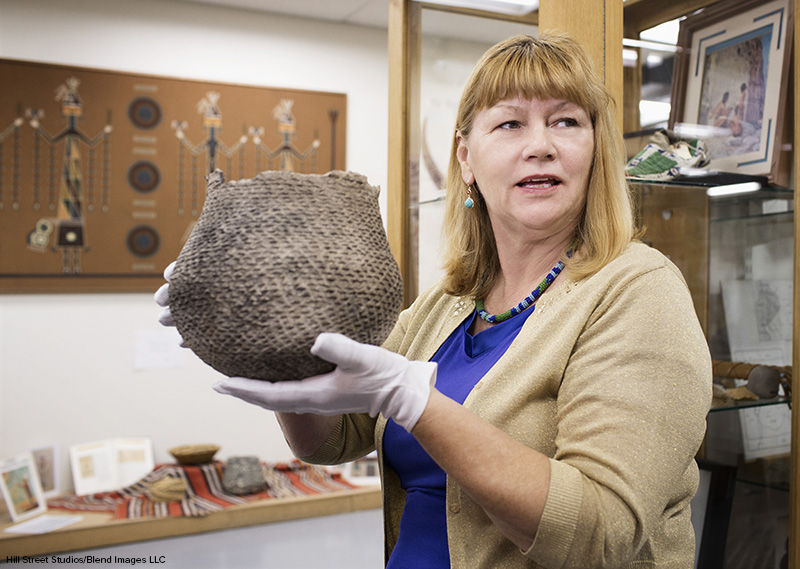
Have you ever heard the expression, “May you live in interesting times”? No one knows for sure the origin of the quote, but it certainly applies today. So far, 2020 has been marked by catastrophic wildfires and weather events, murder hornets, and of course, the coronavirus pandemic. Do you ever stop to think about how people of the future will look back on today’s events? Museum curators and historians throughout the country and around the world are asking themselves exactly that question. Though it’s likely that the COVID-19 crisis is far from over, people are beginning to figure out ways to capture this moment in history for future generations. Here, btw takes a look at some of the ways that museums are trying to tell a story that isn’t over yet.
The Challenge of Collection
When you start thinking about objects that have been important to us during this crisis, you probably think of things that have been scarce, such as toilet paper, masks, or ventilators. The problem with collecting these items for a museum exhibit right now is that they might still be in short supply. So at this point, museums are mostly making lists of what items they would like to get in the future, rather than taking scarce items off the market now–when they are still needed. A further challenge of collection is that many areas are still under stay-at-home orders, which makes it difficult or impossible for museum curators to get the items they need for their exhibits. And it isn’t necessarily safe to pass items from person to person right now. In fact, many museum offices are currently closed.

In the meantime, museums are also choosing to focus on other non-object exhibit items instead, such as images and personal stories, which can be uploaded online. Several museums have already set up ways for people to contribute their digital photos, videos, and oral histories via the museum’s Web site.
What to Include?
Different museums are thinking about their COVID-19 exhibits in different ways. Some museums in the United States are centering theirs around the idea of disease (and our response to it) in general. Others, such as the National Museum of African American History and Culture in Washington, D.C., are zeroing in more specifically on the effects of the pandemic on particular groups or communities of people.
Then there is the decision of what to include. What about a package of toilet paper, or a grocery list, or a receipt, or a journal? It’s hard to know now what items will be important or significant to later generations. The idea of documenting history as it happens isn’t a new one. For example, representatives of the Smithsonian wandered crowds immediately following 2017’s Million Women March on Washington, asking people to donate their signs for a future exhibit about the day. But the coronavirus pandemic is more difficult to pigeonhole because it is an ongoing era, rather than just a one-time event. It also affects people very differently depending on where they live, what they do, their level of income, and more. In other words, there is no “single narrative” of the event. Everyone’s story is the “right” one and is equally worthy of being told.
What Do You Think? Imagine that you are in charge of creating a museum exhibit about the coronavirus pandemic. What objects would you include? Images from popular culture? Personal artifacts, such as notes and letters? Songs or stories? List five items you would include in your exhibit, and why.
